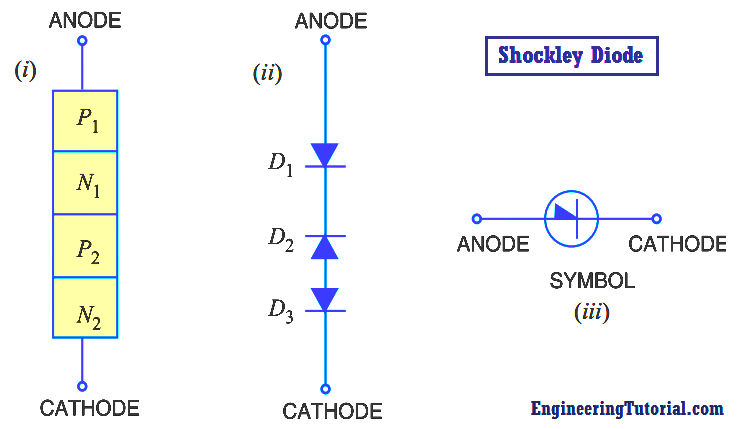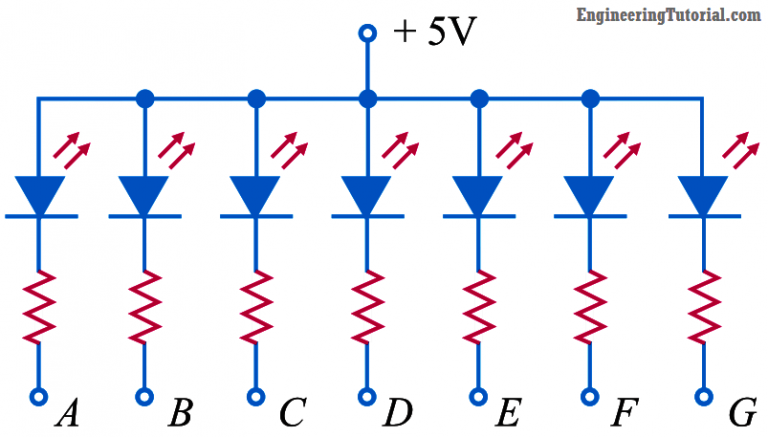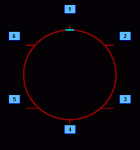Transistor Cut off, Saturation & Active Regions
August 13, 2016
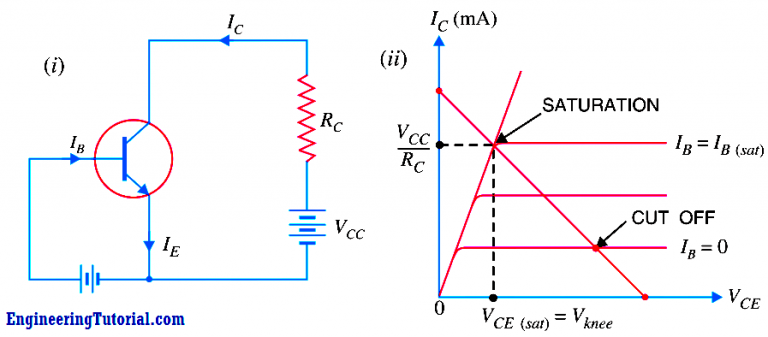
The below Fig. (i) shows CE transistor circuit while Fig.(ii) shows the output characteristcs along with the d.c. load line....
Read more
Transistor Load Line Analysis
August 13, 2016
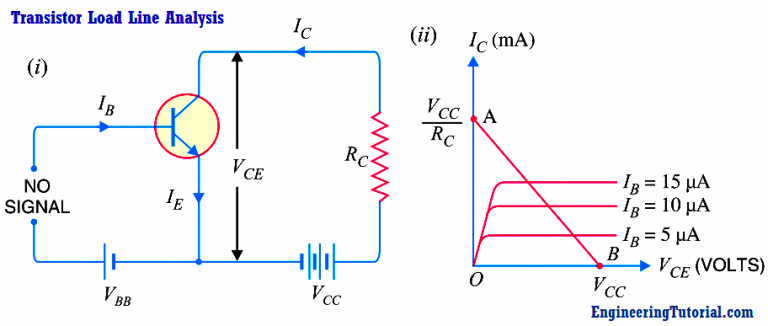
In the transistor circuit analysis, it is generally required to determine the collector current for various collector-emitter voltages. One of...
Read more
Transistor as an Amplifier in Common Emitter
August 13, 2016
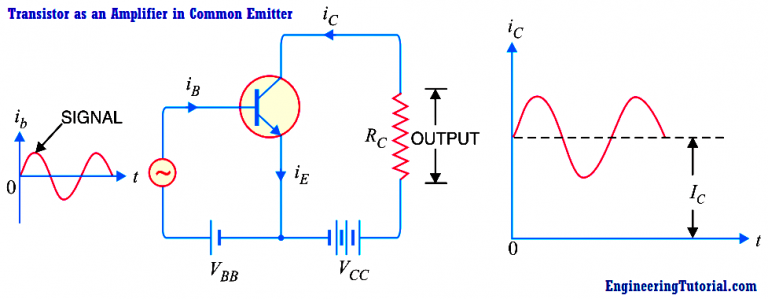
The below Fig. shows the common emitter npn amplifier circuit. Note that a battery VBB is connected in the input circuit...
Read more
Optoisolator Working Principle
August 13, 2016
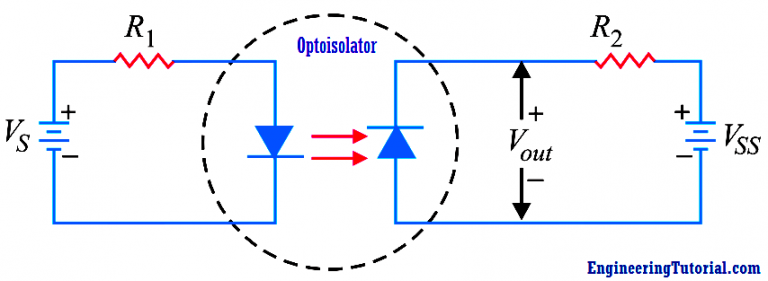
An optoisolator (also called optocoupler) is a device that uses light to couple a signal from its input (a photoemitter...
Read more
Applications of Photo diodes
August 13, 2016
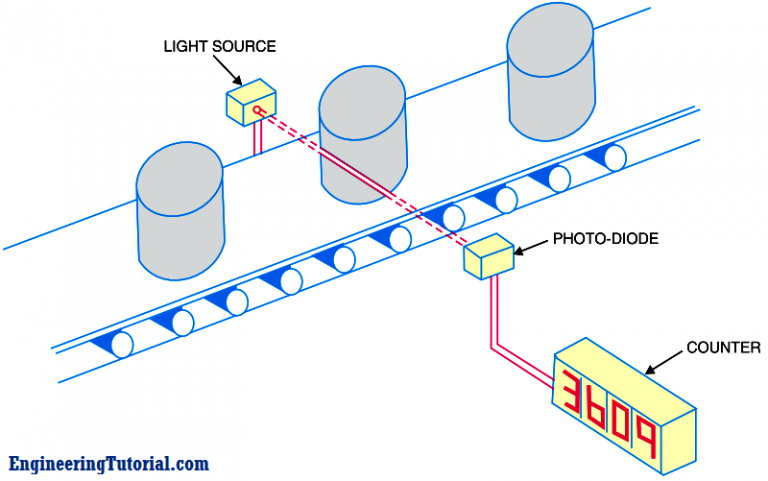
There are a large number of applications of photo- diodes. However, we shall give two applications of photo-diodes by way...
Read more
Characteristics of Photo diode
August 13, 2016
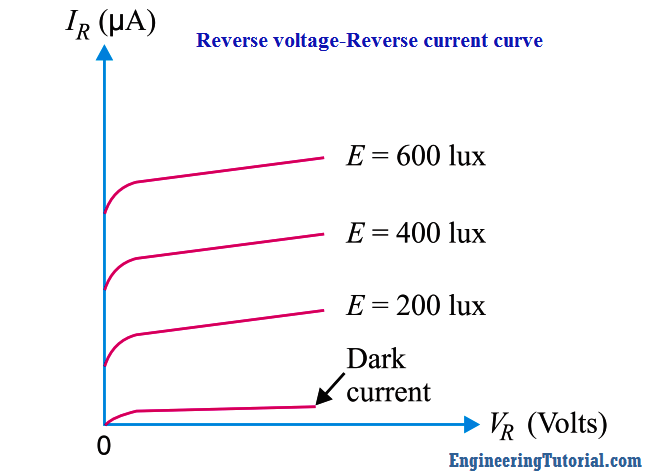
There are two important characteristics of photo- diode. (i) Reverse current-Illumination curve. The below Fig shows the graph between reverse...
Read more
How a Multi Color LED Works ?
August 13, 2016
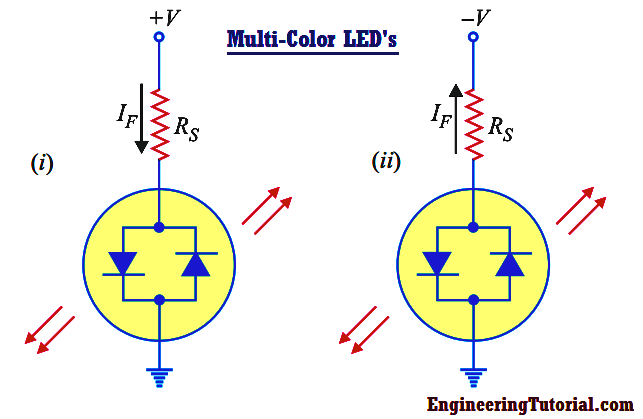
A LED that emits one colour when forward biased and another colour when reverse biased is called a multicolour LED....
Read more
Diodes Questions & Answers
August 13, 2016

1. Explain what is a pn junction? The contact surface between the layers of p-type and n-type semiconductor pieces plated...
Read more
